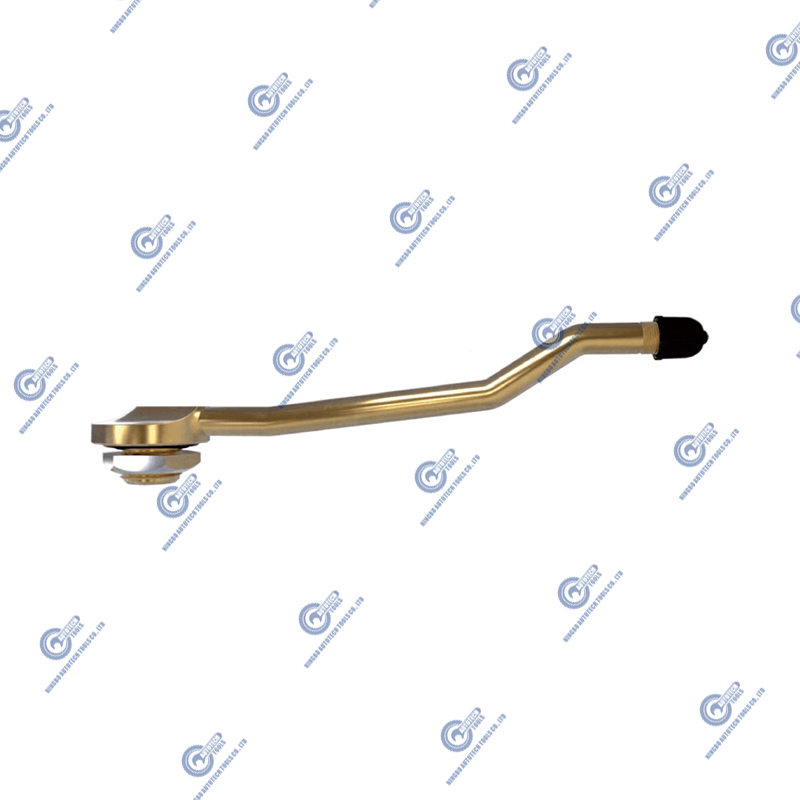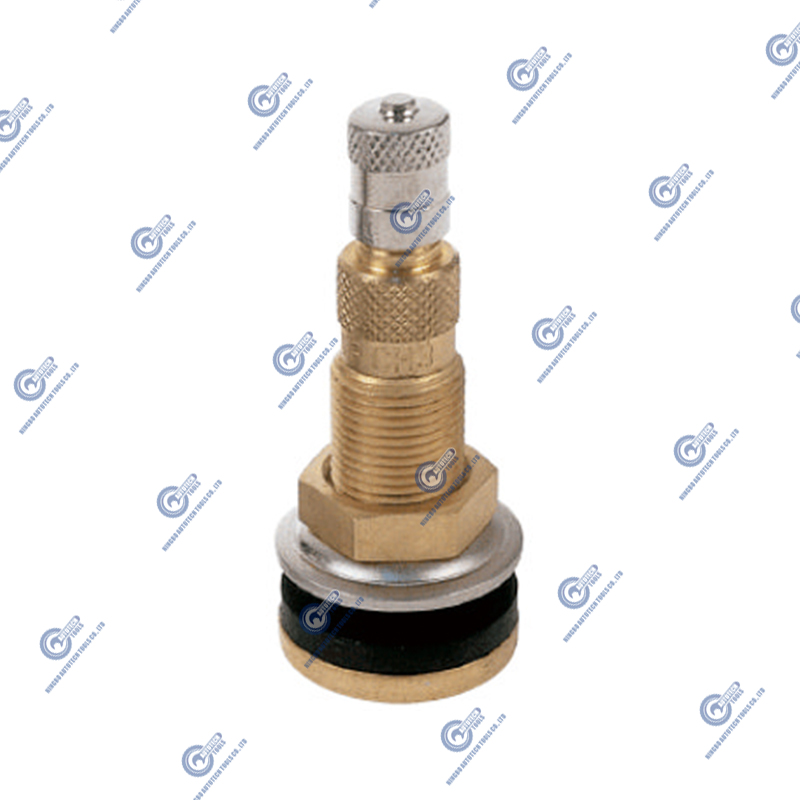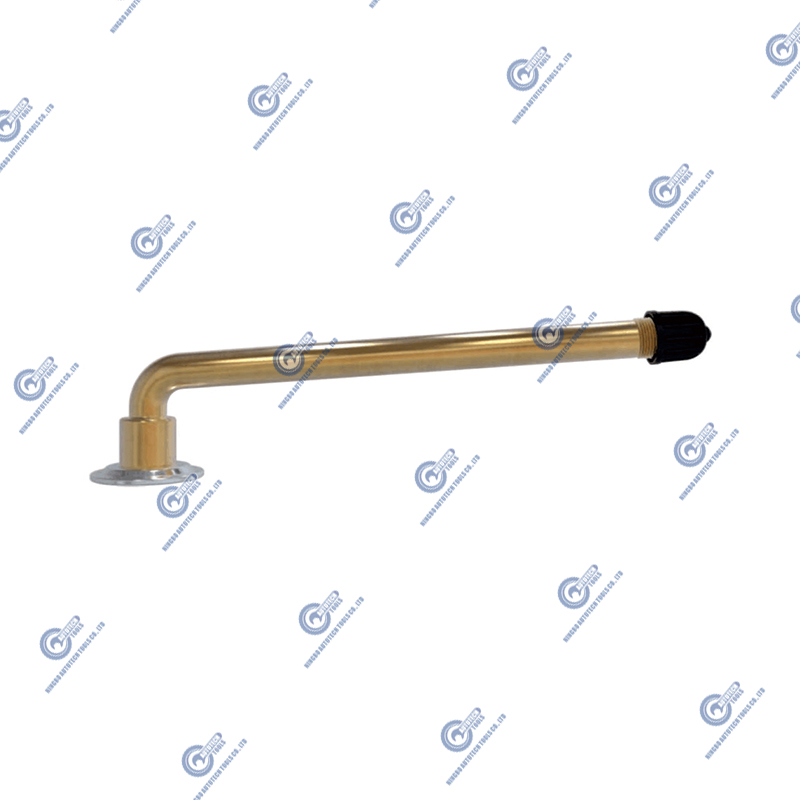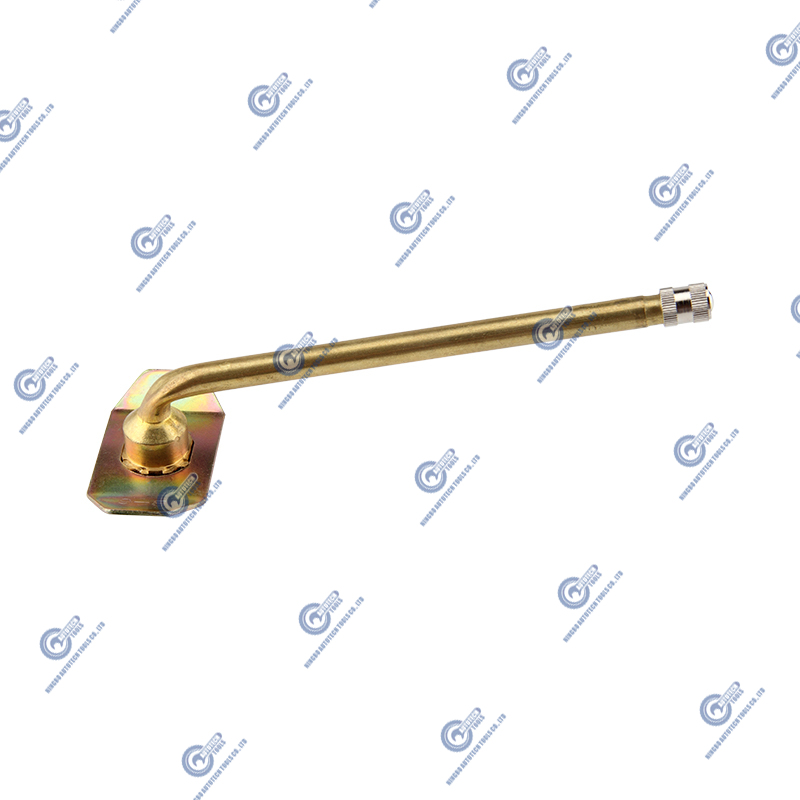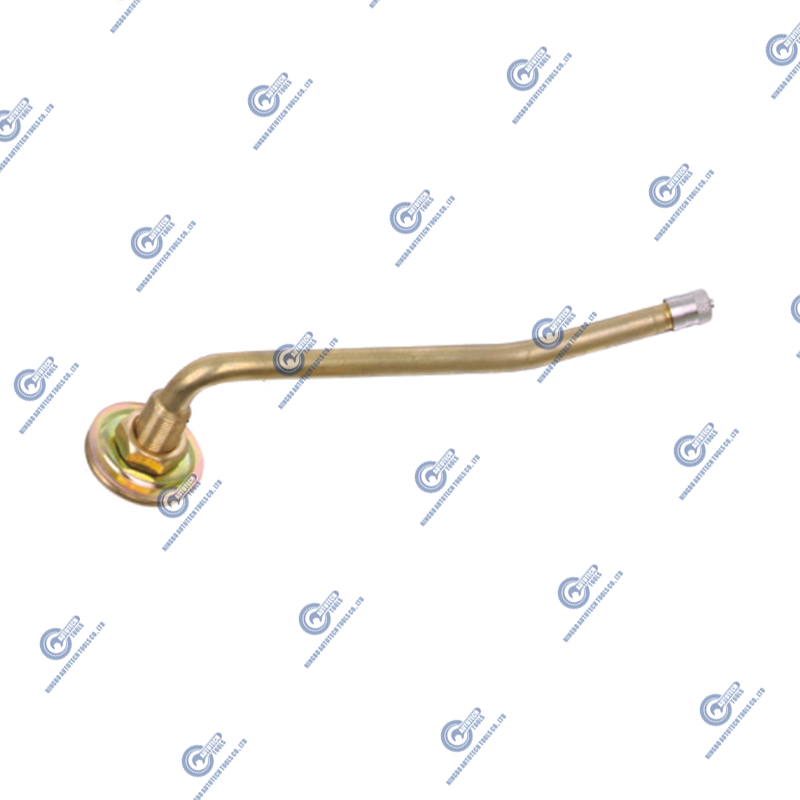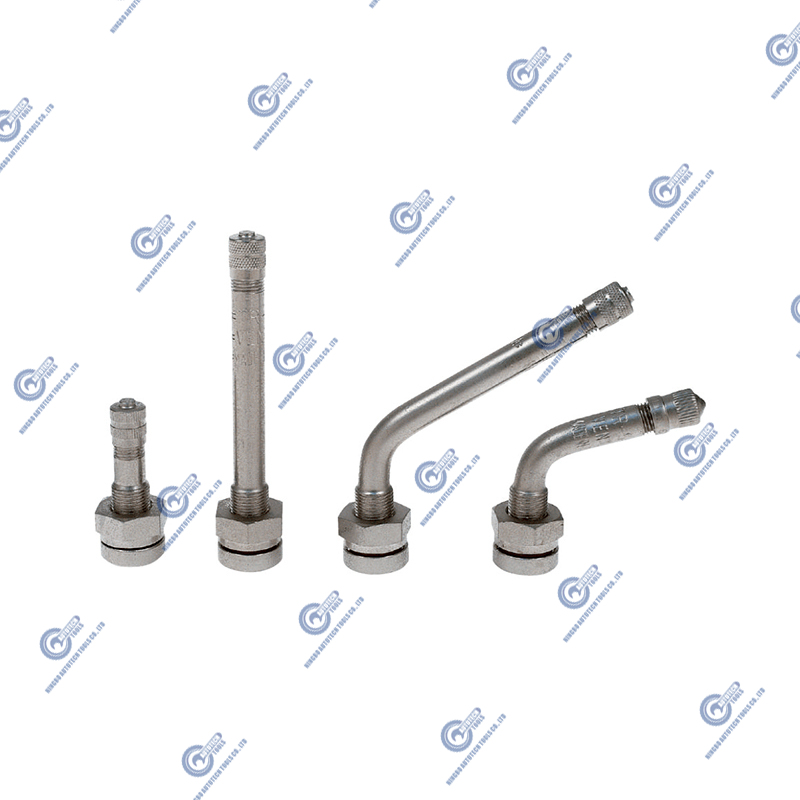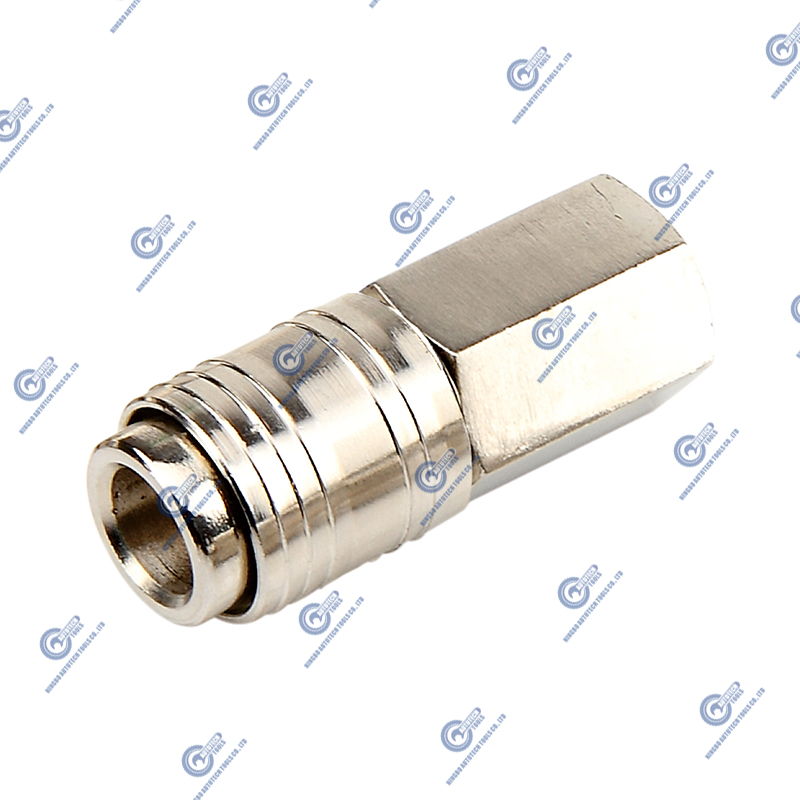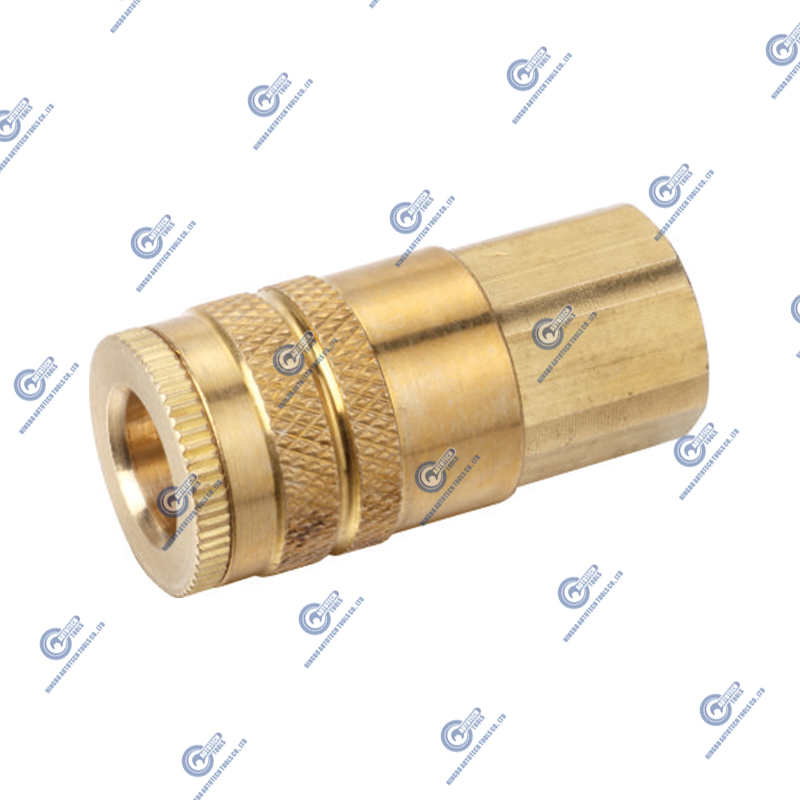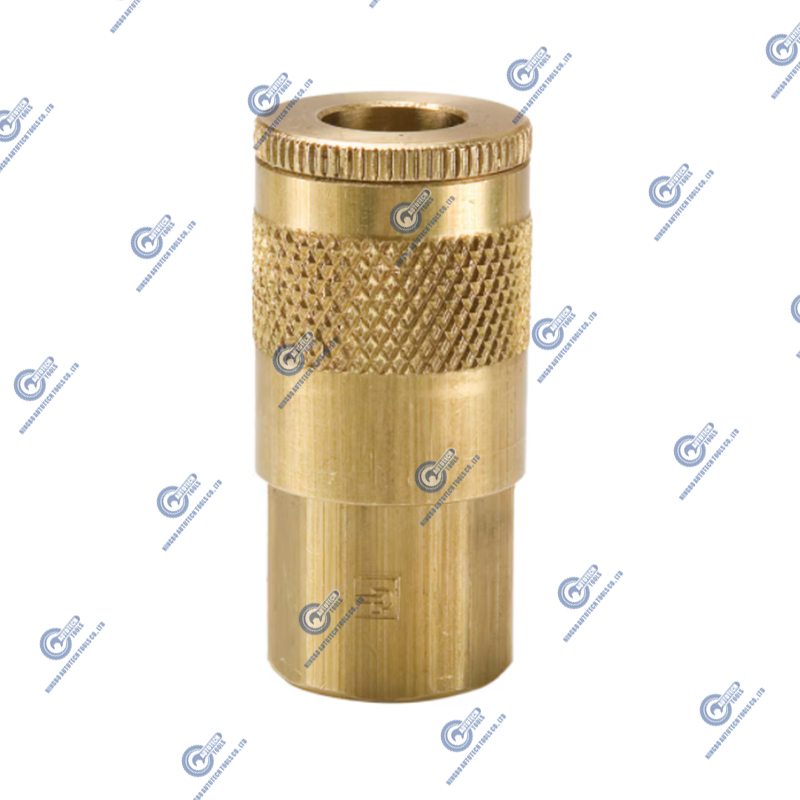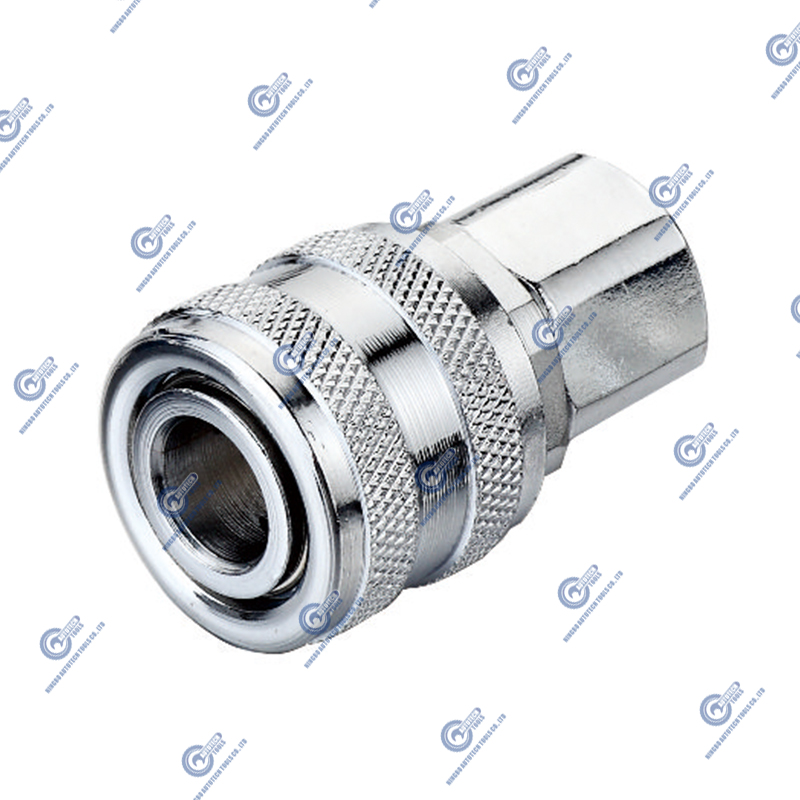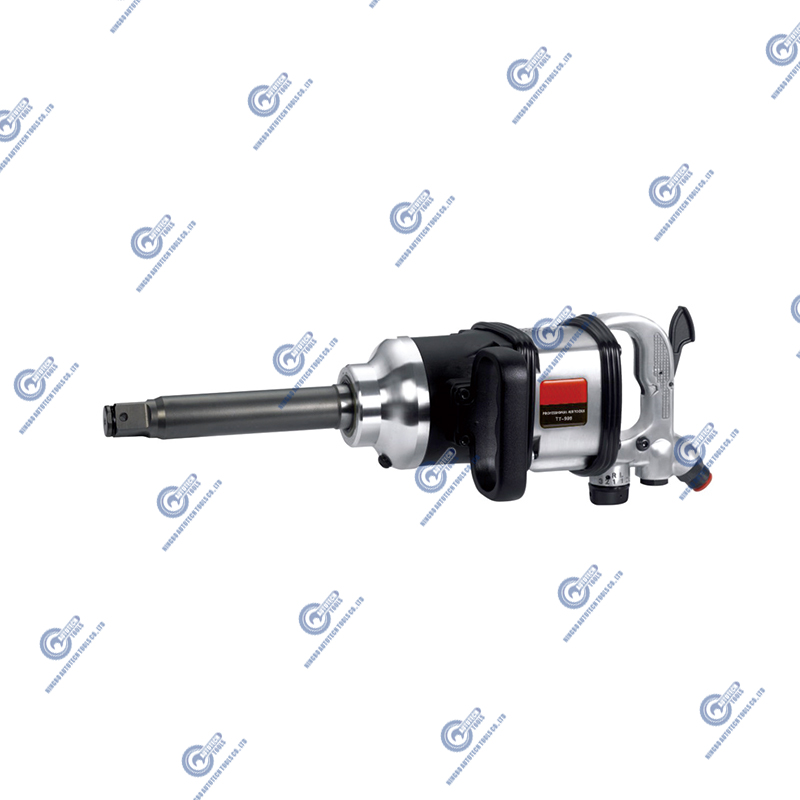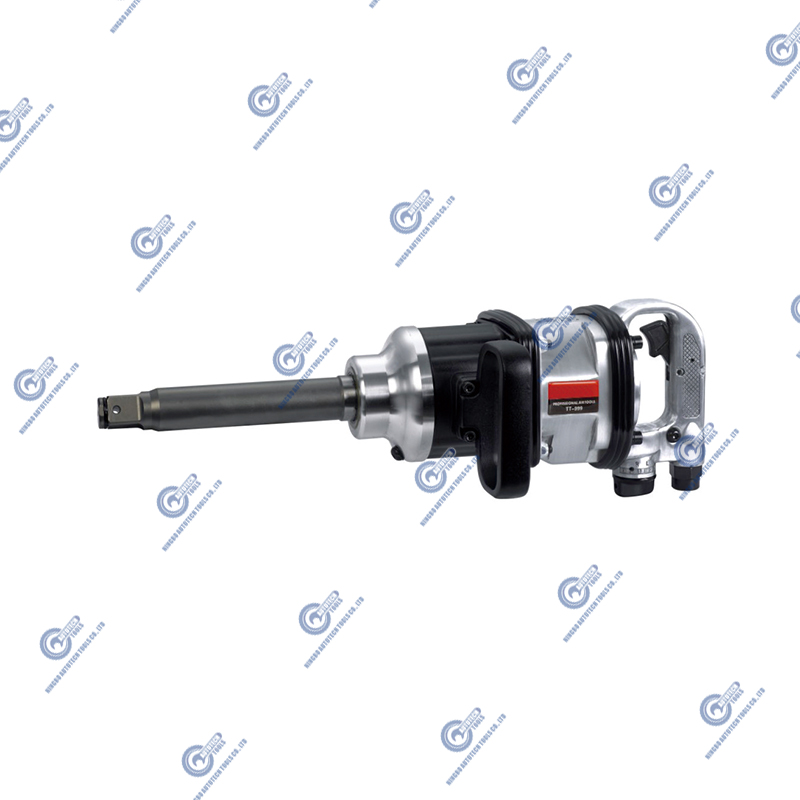How Quick Connect Couplings Improve Efficiency in Industrial Operations
 2025.08.04
2025.08.04
 Industry news
Industry news
1. Time-Saving During Setup and Maintenance
One of the greatest advantages of quick-connect couplings is their significant time savings during setup and maintenance. Traditional pipe connection and disconnection often require tools and complex procedures such as threading, torqueing, or specialized wrenches. With quick-connect couplings, operators can quickly connect or disconnect with a simple push or twist. This design makes system installation, reconfiguration, and maintenance extremely efficient.
Setup and Disconnection: On many production lines, operators frequently change connections, especially during shift changes or production changes. Quick-connect couplings allow operators to easily connect and disconnect different components without requiring additional tools or time, significantly reducing system startup time.
Maintenance: When equipment maintenance is required, quick-connect couplings allow workers to quickly disconnect the system, perform repairs, and quickly resume operation, significantly reducing downtime. For example, in a hydraulic system, operators no longer need to use wrenches and screwdrivers for each disconnection; they can simply connect and resume operation.
2. Minimized Downtime
Downtime is a major source of cost in industrial environments. In an efficiently operating production process, any period of downtime can lead to significant production delays, ultimately impacting profitability. Quick-connect couplings reduce downtime and ensure continuous production by enabling workers to quickly switch equipment, repair, and replace components.
Quick Repair: If a machine malfunctions, quick-connect couplings allow maintenance personnel to quickly disconnect and replace the broken component, avoiding unnecessary time. Compared to traditional disassembly methods, quick-connect couplings reduce manual operation and maintenance time, enabling faster resumption of production.
Efficient Operation: Some large industrial production lines involve the interconnection of multiple devices and tools. Quick-connect couplings streamline workflow by simplifying the interface conversion process, reducing waiting time and the time required to swap parts.
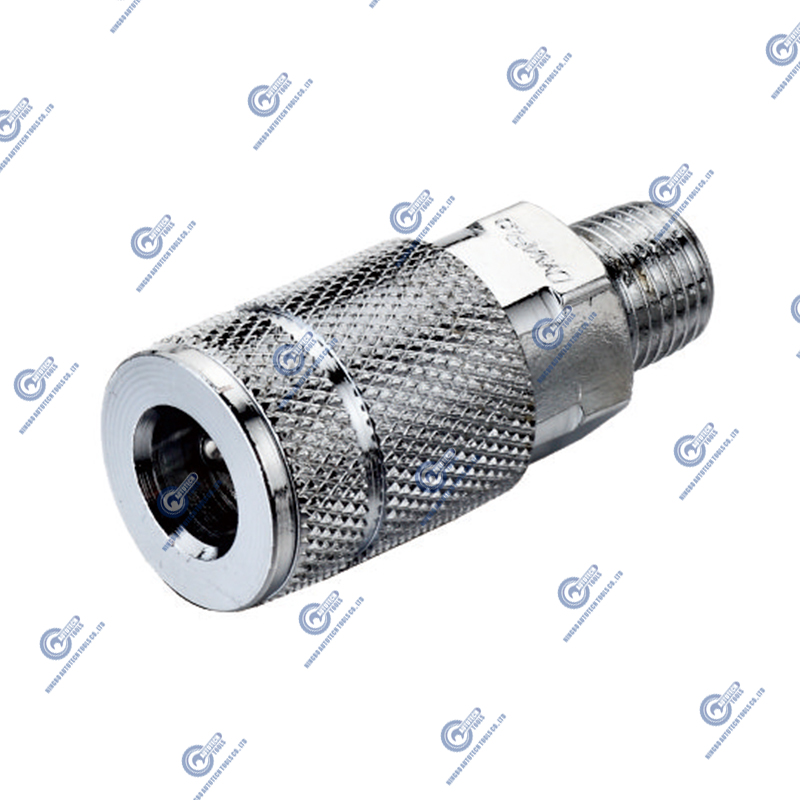
3. Enhanced Safety Features
Quick-connect couplings are often designed with built-in safety mechanisms to prevent accidental leaks and increase operational safety. Since industrial systems often involve high-pressure and toxic fluids, using quick-connect couplings not only reduces the risk of accidents during the connection process but also ensures operator safety.
Automatic Shutoff: Many quick-connect couplings automatically shut off the fluid or gas upon disconnection, eliminating the risk of leaks during the connection process. For example, in hydraulic systems, using quick-connect couplings with leak-proof designs can prevent accidental fluid leaks during disassembly, minimizing the risk of environmental contamination and personal injury.
Pressure Protection: In certain high-pressure applications, quick-connect couplings feature pressure protection mechanisms to effectively prevent excessive pressure during the connection process, potentially leading to explosions or unsafe operation.
4. Reduction in Manual Labor
In traditional industrial operations, many tasks require manual labor, such as tightening bolts with wrenches and connecting pipes. These manual operations are not only time-consuming and labor-intensive, but also prone to errors. Quick-connect couplings significantly reduce reliance on manual labor through their simple connection method, making tasks easier for operators.
Labor-Saving Design: Operators can connect and disassemble by simply pushing or twisting the coupling without using heavy tools. This not only reduces labor intensity but also improves speed and accuracy.
Reduced Errors: Manual operation can easily lead to loose or loose connections. Quick-connect couplings are typically standardized, ensuring a correct connection every time, reducing the risk of human error.
5. Improved System Flexibility
Flexibility is another key advantage of quick-connect couplings. In modern industry, many systems need to adapt to diverse working environments and task requirements. Quick-connect couplings standardize and simplify interfaces, allowing systems to quickly adapt to different components and working conditions, thereby increasing overall system flexibility.
Versatility: Quick-connect couplings can accommodate different sizes, pressure ratings, and media requirements. Operators can adapt to different tools or systems by simply replacing the coupling, without having to readjust or redesign the entire system.
Quick Changeover: For example, in hydraulic systems, a production line may require different types of hydraulic equipment. Quick-connect couplings allow operators to quickly switch between different equipment without shutting down the system or performing complex operations, ensuring production flexibility.
6. Reduced Wear and Tear
Frequent connection and disconnection of equipment often leads to wear, leaks, or degradation of interfaces. Quick-connect couplings, typically made of highly durable materials and precisely engineered, can reduce wear over time and high frequency of use, thereby extending equipment life and reducing maintenance frequency.
Wear Resistance: Materials used in quick-connect couplings, such as stainless steel and other highly wear-resistant alloys, can withstand long-term, high-pressure and repeated operation. Even after frequent connection and disconnection, the performance of the connector will not degrade rapidly, ensuring long-term stable operation of the system.
Leak-proof Design: Due to the sophisticated design of quick-connect connectors, they maintain a tight seal even during frequent connection and disconnection, reducing leakage caused by wear and tear and minimizing the risk of equipment damage.
7. Higher Precision and Reduced Errors
Precision is crucial to the operation of industrial systems. During the transfer of fluids or gases, any improper connection error can lead to system failure, leakage, or performance degradation. Quick-connect connectors often feature automatic docking and precision sealing designs, reducing problems caused by human error.
Automatic Docking: Quick-connect connectors often feature an automatic docking function, allowing operators to connect with a simple push, without having to worry about proper engagement. Compared to traditional threaded connections, quick-connect connectors offer greater connection accuracy.
Reduced Leakage: The precise design ensures a tight seal even under high pressure or high temperature, reducing the risk of liquid or gas leaks.
8. Cost Efficiency
Although quick-connect couplings may have a higher initial cost, they offer significant long-term savings through reduced downtime, lower labor costs, and fewer repairs. This return on investment is unmatched by other traditional coupling methods.
Reduced Labor Costs: Due to their ease of operation, workers don't need to spend as much time connecting and disconnecting equipment, effectively controlling human resource costs.
Reduced Downtime Losses: Quick-connect couplings significantly shorten equipment repair time and reduce downtime losses caused by equipment failures. Increased production efficiency directly translates into higher output value and lower operating costs.



